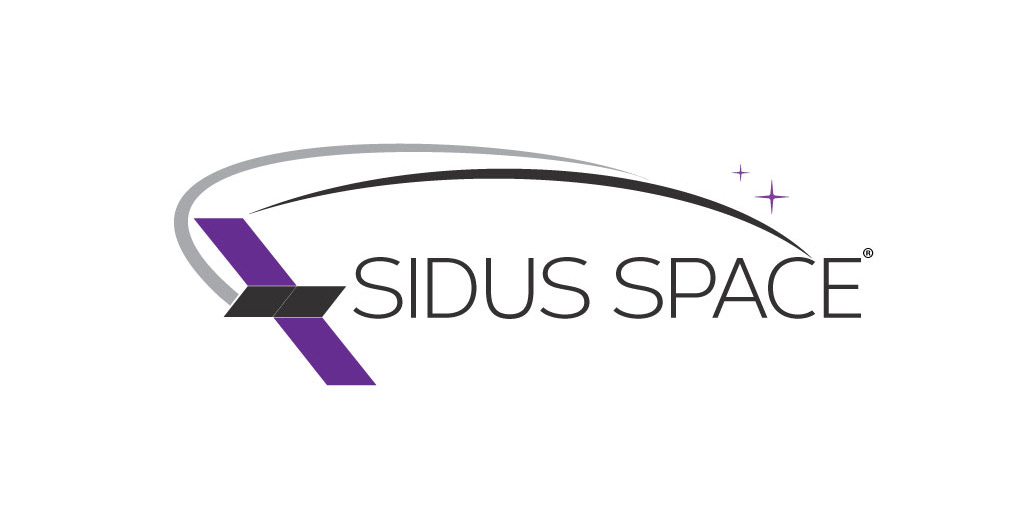Sidus Space (NASDAQ: SIDU) is a small-scale commercial space company that has transitioned from space manufacturing and services into satellite technology and data services. According to the company's 2024 annual report, Sidus has "evolved from a space manufacturing and services company into a full-fledged space technology and AI company." The company o…
Substack is the home for great culture




